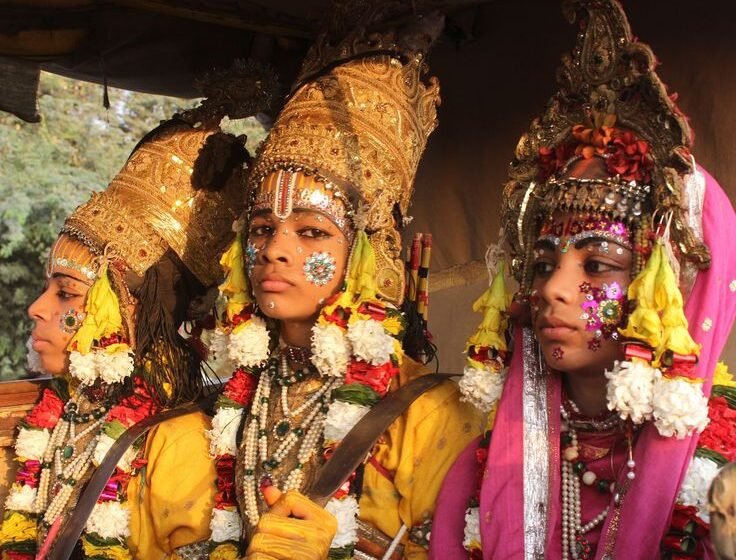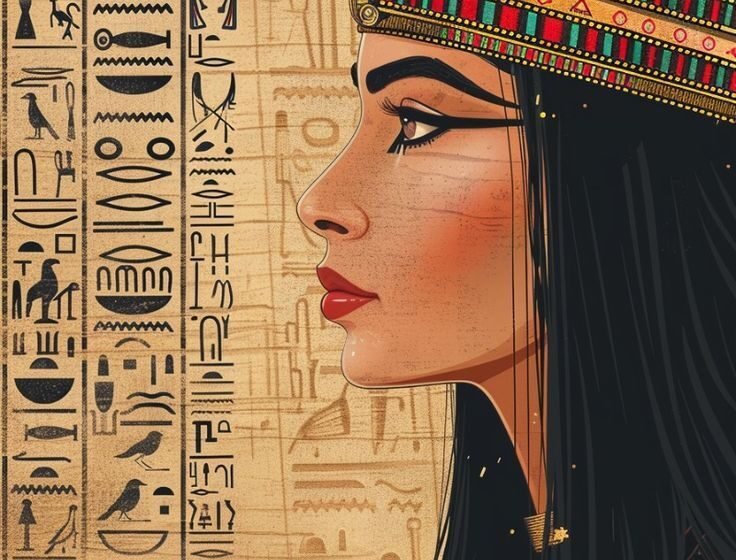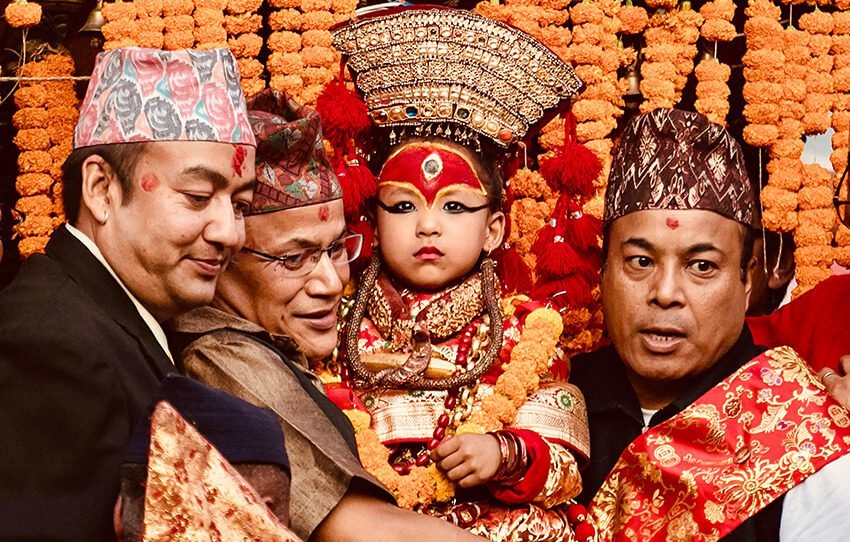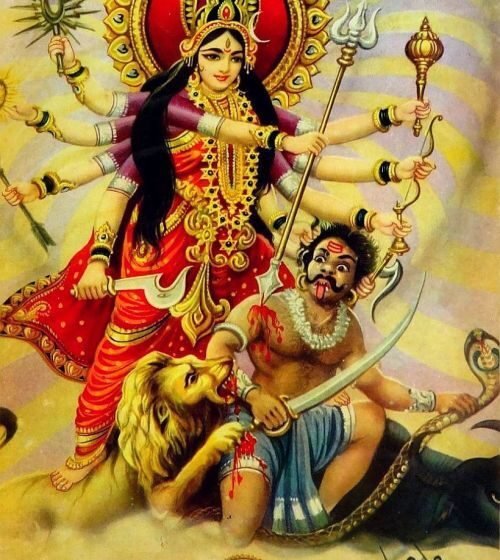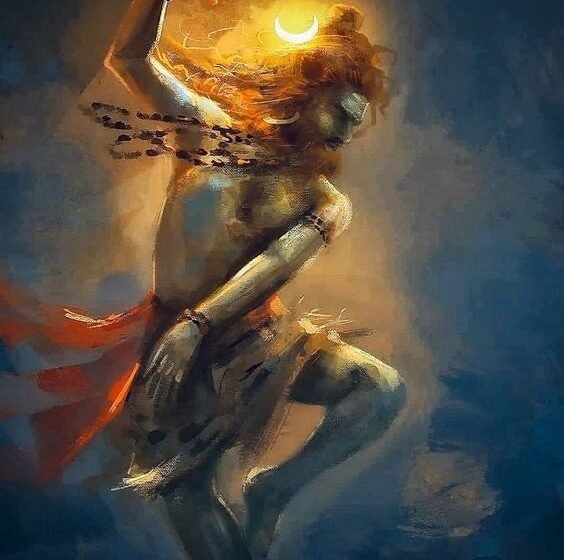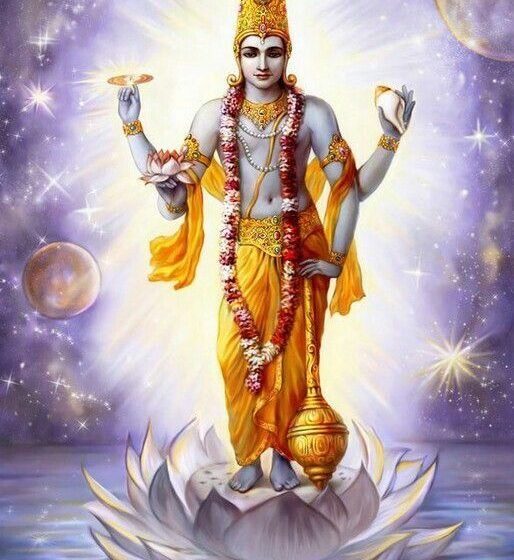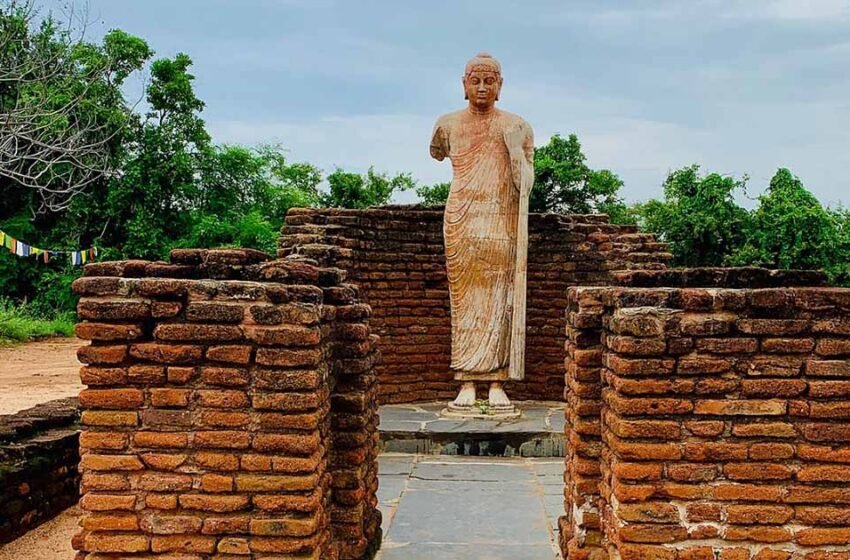Agni Purana: An Ancient Guide to Dharma, Cosmology, and Worship
The Agni Purana continues to be one of the important texts among the eighteen Mahapuranas of Hindu literature. It is the text attributed to and named after Agni, the Hindu God of Fire. On reading one finds the text to be dealing with topics concerning ancient Indian culture, tradition and subjects of cosmology, philosophy, and […]Read More

